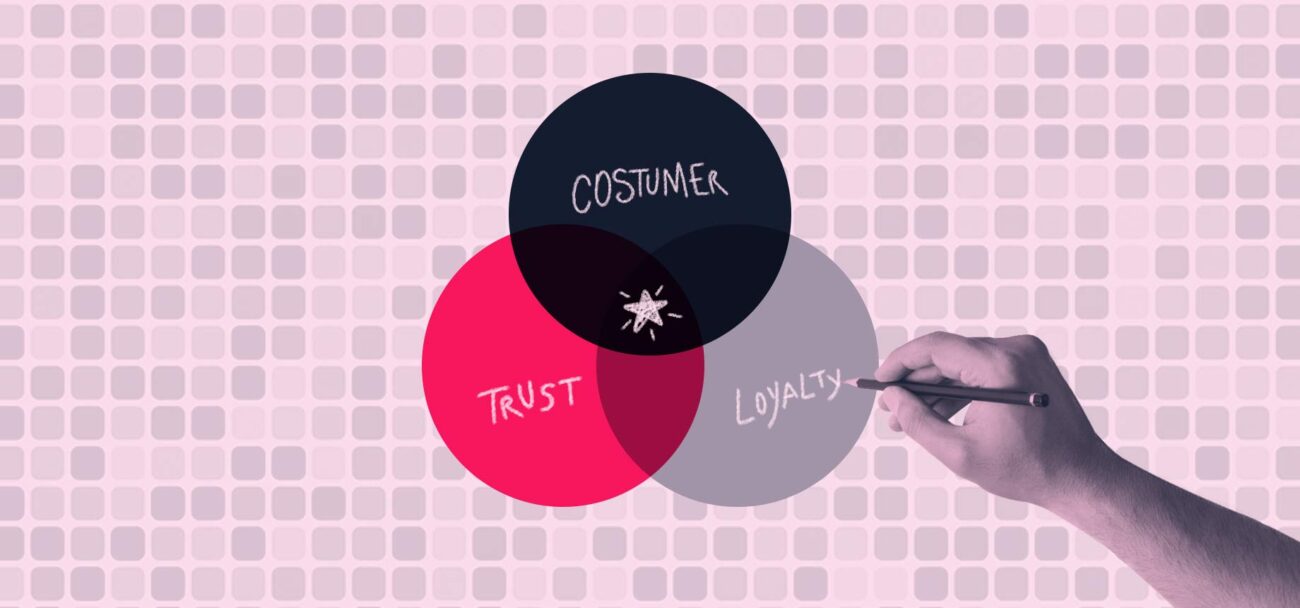
Marketplaces are one of the hottest trends pushing ecommerce adoption worldwide. Companies that have adopted some type of a marketplace business model have benefited from added value in the form of bigger customer pools, cross-selling and up-selling opportunities with a bigger catalog and easier fulfillment processes.
Indeed, the number of customers who start their buying journey on Amazon has surpassed the number of those who start on Google, showing once again the power of marketplaces in consumers’ minds. The same survey found that around 56% of customers, if they could only buy from one store, would choose Amazon.
This highlights the enormous chance that every marketplace has of implementing strategies that grow customer loyalty, using buyer’s trust and the perception of being a one-stop-shop that satisfies all their needs. So, how can a marketplace leverage this strength?
It’s all about the journey
When it comes to growing loyalty, many online stores think they have to provide a “wow factor”, which can come in the form of constant promotions, gifts or free premium features. These elements can certainly help, but their impact is negligible when compared to a great buying journey.
The most visible elements of customer care are usually changes, returns and refunds. Studies show that most clients feel frustrated when they need more than one point of contact to solve an issue, something that can be particularly challenging to eradicate in a marketplace.
In that scenario, a robust software that gives the customer enough tools to solve problems on their own or by contacting only the seller’s customer care team is imperative. This can be achieved with solutions such as bots, or with a transparent system that empowers the users and lets them know exactly what they should do in a particular situation: is it better for them to contact the marketplace customer service? Do they need to establish contact with the seller?
This approach is applicable to other areas of the buying — and selling — journey as well, such as one-click sign-in: a marketplace should never let anyone think its platform is too hard to use. The smoother the experience, the sooner clients will come back to purchase again.

Same old, same old
Once a customer is captivated by an online marketplace, the next step is to become a part of their habits. Marketplaces such as Amazon have implemented “subscribe and save” plans that lure buyers into a cyclic delivery system, where an Amazon box waiting at their door becomes a constant in their everyday lives. This subscription retail, in turn, makes them more likely to browse Amazon whenever they need something new and also effectively triggers recurrent orders.
This is the stage where a great user experience can be complemented with a great loyalty program. A user who has a good impression of a website and also has a certain amount of money in cashback or gift certificates is considerably more likely to go back to said store: people rarely resist “free money”, regardless if it comes in the form of loyalty points or something else. In this sense, they are very similar to traditional loyalty programs.
The goal should be to have customers come back to your store once a week. This reduces the need to spend on marketing and SEO, and a 5% increase in customer retention could drive an increase of around 25% in profit, according to Bain & Company.
Alternatively, a marketplace should also aim to enable sellers to come up with their own loyalty programs for repeat customers. If well implemented, these programs will also drive customer retention for sellers, who will be able to better target their campaigns supported by customer data. Additionally, sellers will be more committed to the marketplace that allows them to thrive by giving them the tools to achieve success.
The road to being top of mind
A great customer perception can help a marketplace grow in a faster and more robust manner. Huge customer loyalty is a great tool to convince new sellers to list products on the site, and both the growing catalog and the good customer service will help bring even more customers.
A strong customer base that frequently comes back to make new purchases will benefit the marketplace itself, and also the sellers who offer their products there. If well implemented, the responsibility for this type of customer loyalty programs can be shared between both entities, which translates into a win-win situation that also has a significantly lower cost than traditional programs.
This strategy is also a way to empower sellers, who might be nervous about the impact that marketplaces could have on their online strategy. Marketplaces are the future, and sellers need to adopt them. In exchange, marketplaces can show they are also the first step in a better ecommerce experience for both customers and sellers.












